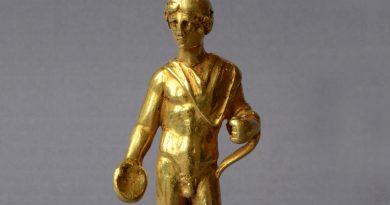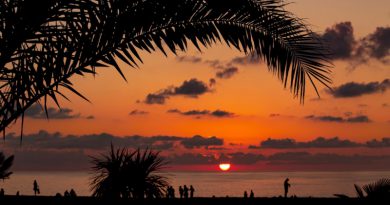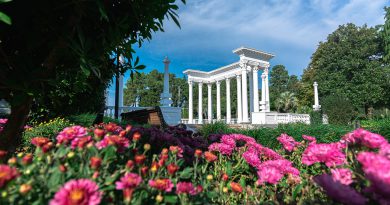Outstanding culture of Batumi – music, dance and theater
If you love traveling and exploring new places and cultures, which helps you develop spiritually, you should definitely visit Adjara and see its history, art, and culture. Here you will find art in everything – drawings, paintings, body decoration, and folklore. If you belong to this category, traveling to Adjara is definitely the right choice.
Musical art
Interest in world classical music in Adjara starts from the second half of the 19th century. In 1889, a circle of musicians was opened in Batumi, the purpose of this society of musicians was to popularize Georgian, European and Russian music. In the 20s of the 20th century, several chamber groups were formed in Batumi, which contributed to the development of musical culture, stage art, artistic self-activity in Adjara, the formation of Georgian singers’ choirs, and the study of folk songs and dances. Adjarian musical folklore is distinguished by the melodic and harmonious, polyphonic arrangement of songs, polyphony, intonation, and musical thinking, which are characterized by rich themes. Chonguri, chiboni, guda chiboni, and big drum are worth mentioning among the musical instruments. A distinctive example is the four-part naduri, which is performed by a ”joint” or two-piece choir. Among the three-part songs, it is worth noting ”Old Abadelia”, ”Tbeturi”, ”Zhamieli”, ”Makruli”, ”Saferkhulo”, ”Chaghma Chakrilo Venakho”. Gurul-Adjarian masterpieces: ”Shavi Shashvi”, ”Shvidkatsa”, ”Khasanbegura”, ” Ali-Pasha” and others.
Dance
Every region of Georgia has its own dance, which conveys the life and history of the people living there. Adjara is not an exception in this regard, we present to you dances that are distinguished by their history and meaning:
- Khorumi – is a martial dance that was performed in western Georgia, particularly in Adjara-Guria. It is a kind of cornerstone for the ensemble, the most difficult dance to perform because every movement has its meaning and every detail is calculated. The number of dancers should be an odd number because odd-numbered dancers make the circle more beautiful. Khorumi dance consists of five parts. There are many elements in the dance that are related to fighting. It’s a dance. The first part is getting in and encamping. Scouting is the second part of Khorumi. Scouts can be one, two, or three dancers. The third part of the dance is the spreading of the dancers to the front. The fourth part is the actual fight, and the fifth part is the dance with victory. The dancers lay one of the dancers on the arm and carry him off the stage in such a way that the fighter is wounded and his comrades are taking him out of harm’s way.
- Gandagana – is the most beautiful form of dance that developed in Adjara. It is a romance dance, where the female part is performed by the gain-gani. This is where the name comes from. The dance begins with the performance of the women. A boy standing a little away sees this, comes out, and starts a dance with the girl because he is trying to please her. Then the boys come in and hold a party. During this happy dance, another couple will appear and dance with each other. There is a kind of competitive moment in Gandagana. Soloists compete with each other. Then again, the woman enters the stage airily, as a sign that the boy has earned her attention and respect.
Theatrical art
The first Georgian theatrical performance was held in Batumi on July 8, 1879. Local theater lovers presented Z. Antonov’s comedy ”Did Uncle Marry His Wife?” which laid the foundation for Georgian theater in Adjara. In 1882, at the initiative of Ketevan Zhuruli, a circle of stage enthusiasts was formed in Batumi, which was later transformed into a drama theater at the initiative of the famous Georgian writer and public figure Davit Kldiashvili. In 1884, a small wooden building was built for the theater, which was located on K. Gamsakhurdia Street and could accommodate up to 450 spectators. Later, the theater was placed in the so-called ”Iron Theater”, which was located on the site of today’s circus building and had a capacity of 900 spectators. In the 20s of the 20th century, on the initiative of A. Shmaevsky, the theater building was built on the site of the current Ilia Chavchavadze Drama Theater. In 1933, the building was demolished and the current drama theater building was built in its place, which was opened on March 19, 1952.




